Rockslide detectors
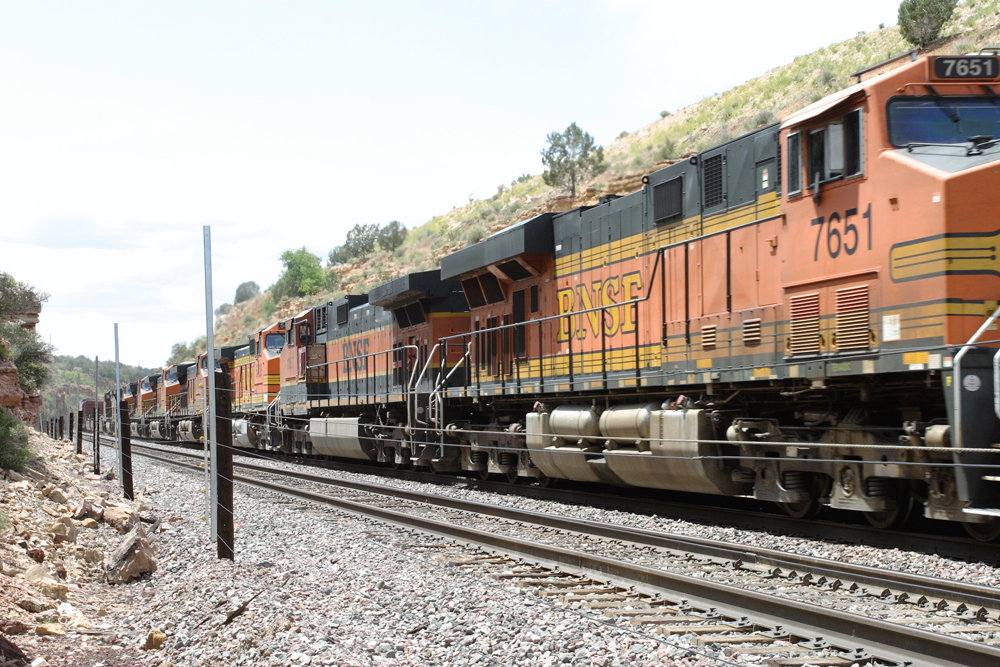
Of the myriad things that can foul the right-of-way and potentially derail a train is the unpredictably of falling rocks from lineside cuts and mountain passes. Even with track gangs constantly walking and inspecting, the possibility of a rockslide is a constant nightmare.
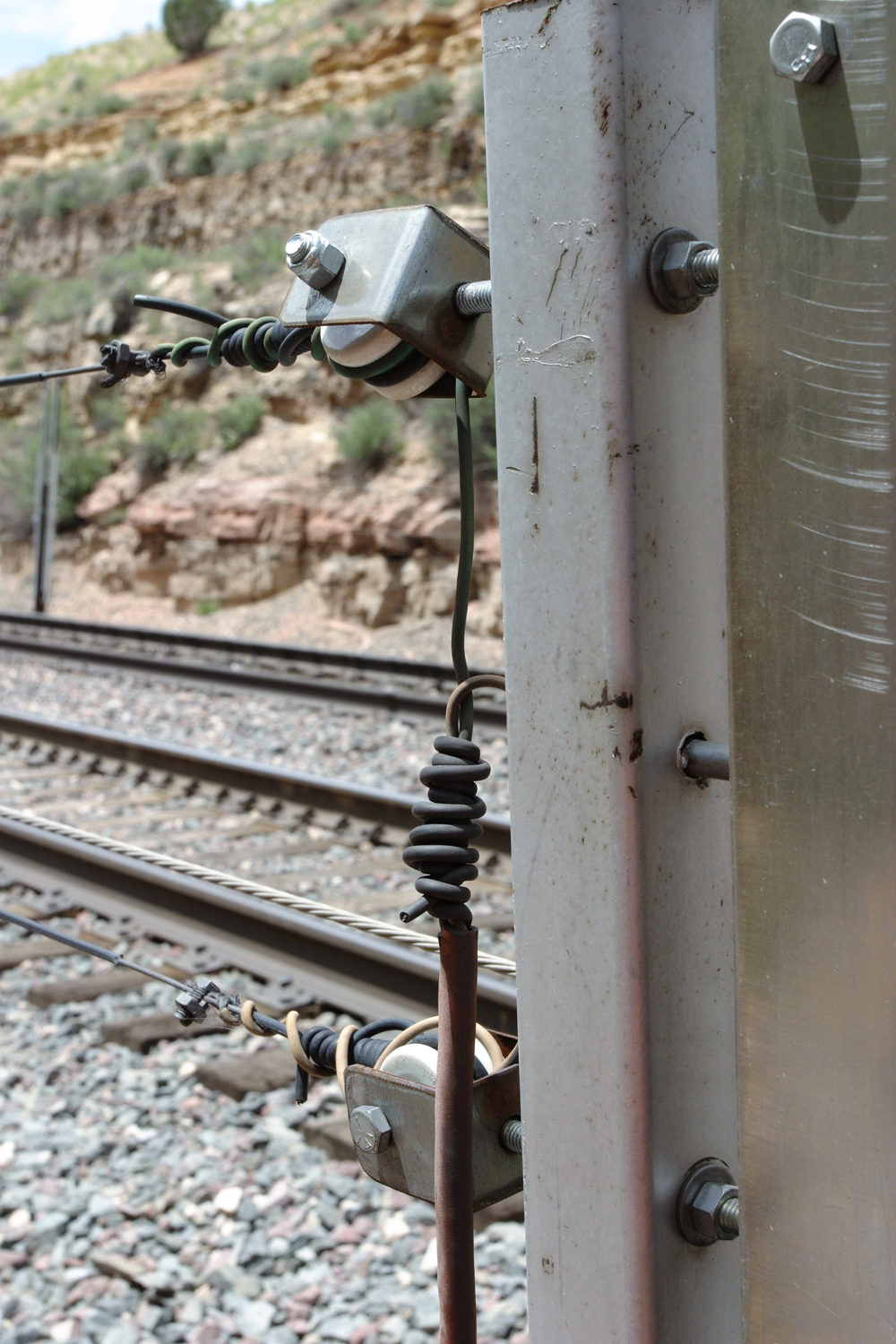
To combat slides in any form, railroads employ a number of remedies. In this case, the answer is the appropriately named “rockslide detector.” Closely resembling a regular fence, these detectors are currently the most common method of detection. Their simplicity belies the fact they do a critical job very well.
Looks can be deceiving
At first glance, they look like most other lineside fences. But that is where the similarities end.
Standing as silent sentinels, usually in the middle of desolate areas of the railroad, the fence is wired directly into the signaling system. When debris, rocks, or anything else comes in contact with the fence and breaks one of the wires, the system turns nearby signals red in both directions. Those signals will stay red until a signal maintainer or track worker inspects the line, crews remove the debris, and resets the system.
Taking advantage of new technology
While fences are a tried and true method of detection, railroads are constantly looking for ways to improve existing systems, and rockslide detectors are no exception.
Among them is LiDAR – Light Detection and Ranging – being explored by BNSF. Using invisible scanners sending out infrared light beams over the right-of-way, if an abnormality is located, the system sends that information to track maintainers. Another technology being looked at is fiber optics buried parallel to the right-of-way. Again, if the system detects an abnormality is suspected it is quickly reported electronically to nearby crews.






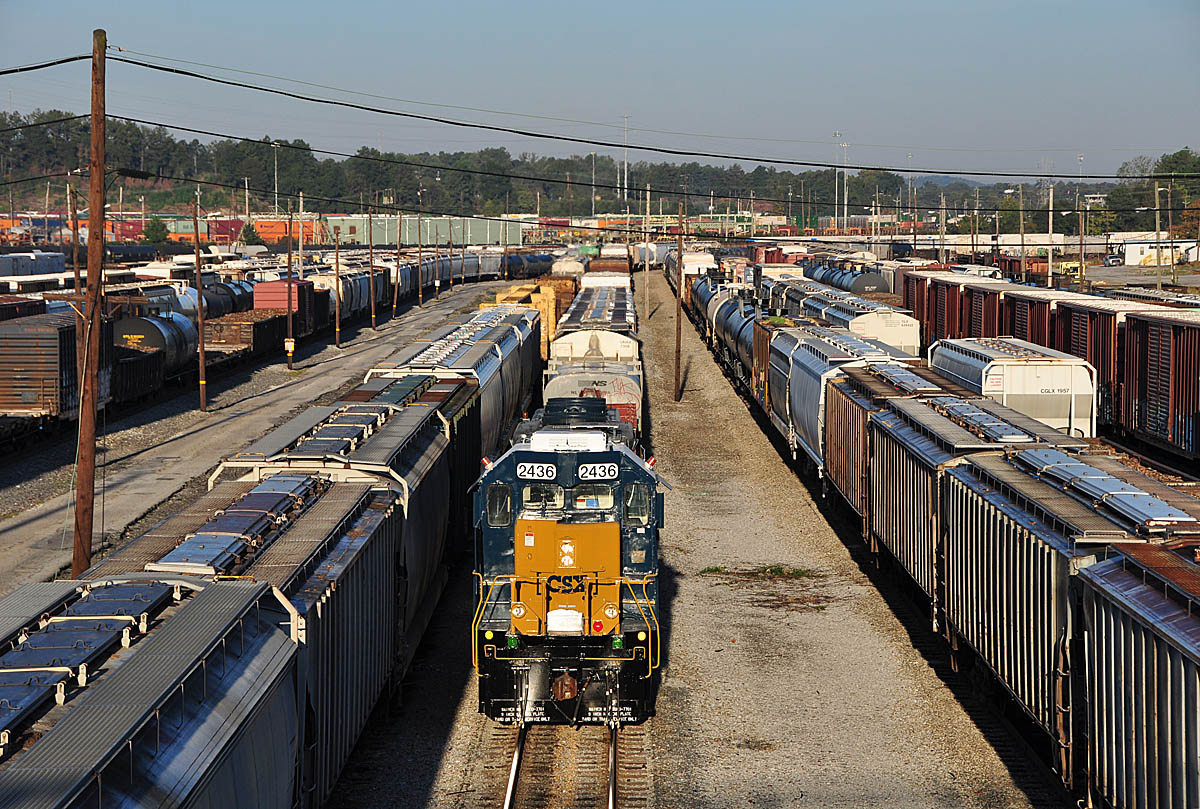
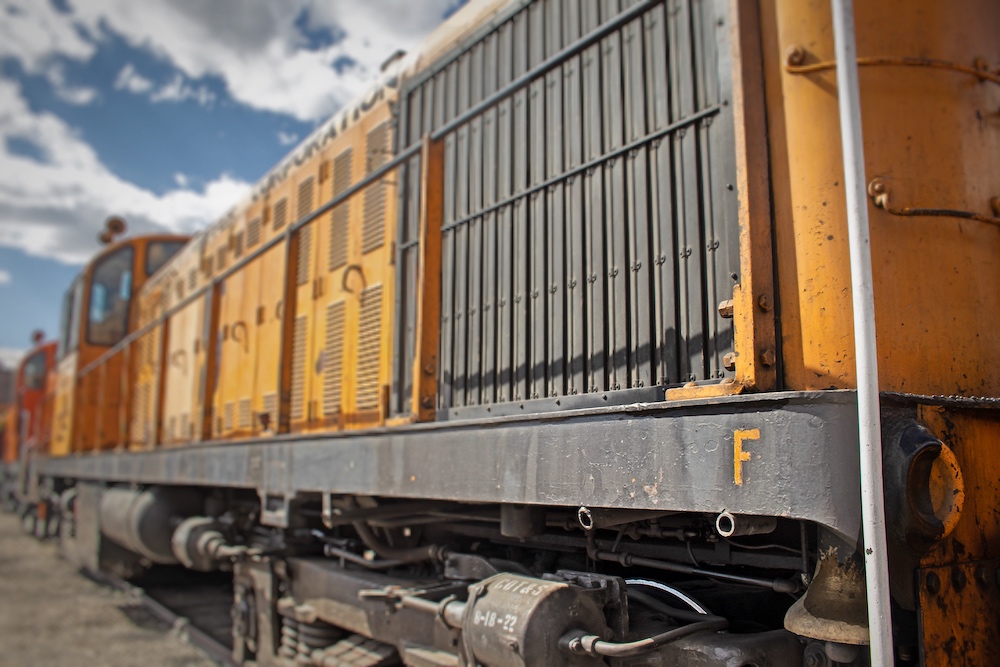
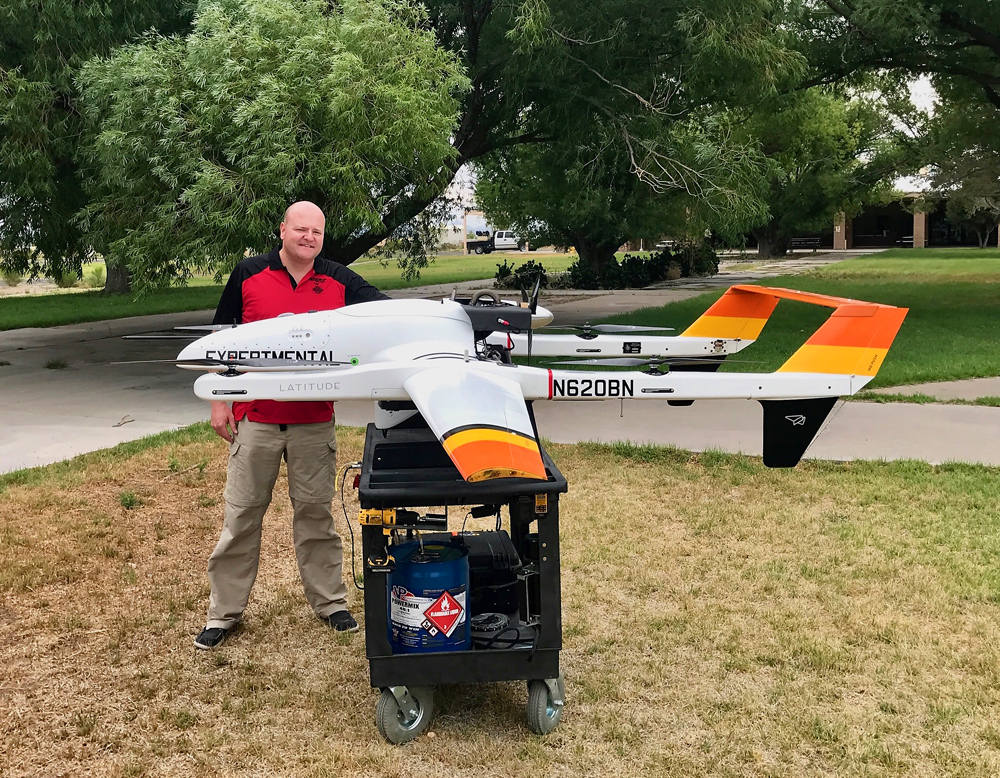




These are not just found in mountain country either! CB&Q aka BNSF has had such detectors between Prairie du Chien & La Crosse, WI for as long as I can remember. Protects the Twin City ‘main’ from rocks sliding down from the steep bluffs along the Mississippi River that were ‘cut’ to make room for what was CB&N back in day. I first noticed them from a Vista Dome on the “Twins” around 1960.